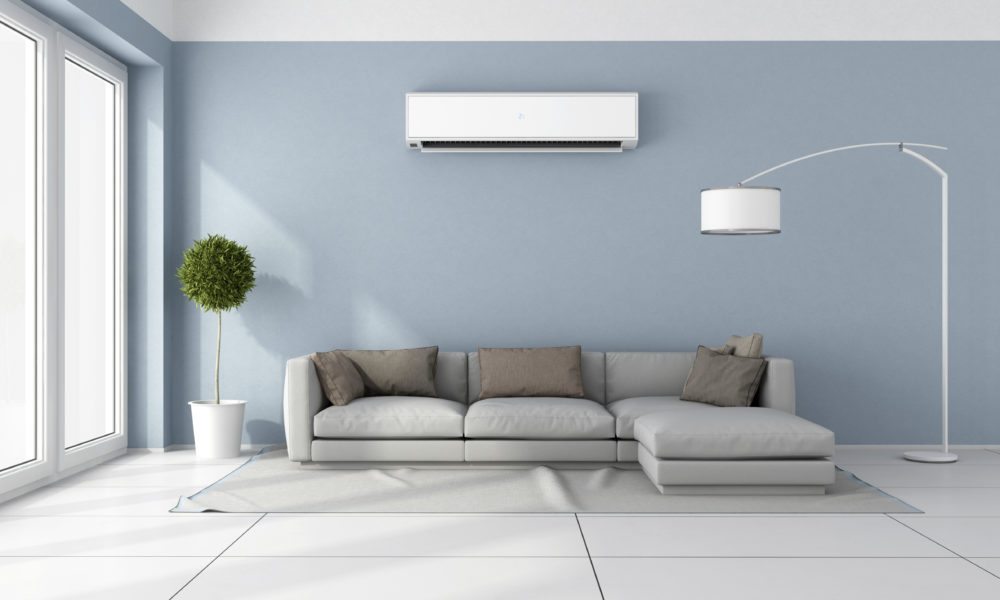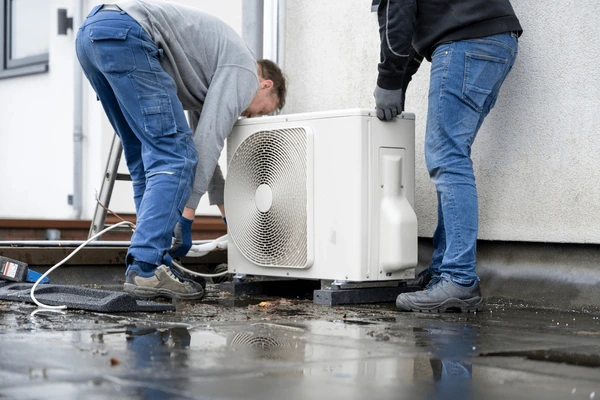As temperatures drop during the winter months, finding an efficient and reliable way to keep your home warm becomes a top priority. Many Australian households turn to reverse-cycle air conditioners, which not only cool during summer but also offer heating in winter. But is using an air conditioner the most effective option for heating your home during the colder months? In this blog post, we’ll explore the pros and cons of using air conditioners for heating in winter to help you decide if this solution is right for you.
What is a Reverse-Cycle Air Conditioner?
Before diving into the pros and cons, it’s important to understand how reverse-cycle air conditioners work. These units have the ability to reverse the cooling process, extracting heat from the outside air and pumping it inside your home. Even in cooler weather, reverse-cycle air conditioners can absorb ambient heat from the outdoor air, making them a versatile option for both heating and cooling.
The Pros of Using Air Conditioners for Heating
- Energy Efficiency: Reverse-cycle air conditioners are known for their energy efficiency, particularly when compared to other heating methods like electric heaters or gas furnaces. These units consume less energy by transferring heat rather than generating it, making them a cost-effective option for homeowners looking to lower their energy bills.
- Dual Functionality: One of the major advantages of reverse-cycle air conditioners is their ability to both heat and cool. This dual functionality eliminates the need for separate appliances, freeing up space and reducing the need for maintenance on multiple systems. A well-maintained air conditioner can serve your home year-round.
- Environmentally Friendly: Since reverse-cycle air conditioners use refrigerant to transfer heat rather than burning fuel or using resistive electric heating elements, they tend to have a lower environmental impact. Modern units also use eco-friendly refrigerants and offer high energy efficiency ratings, which helps reduce greenhouse gas emissions.
- Even Heat Distribution: Unlike space heaters, which can create hot and cold spots in a room, reverse-cycle air conditioners provide even heat distribution throughout the space. This makes them ideal for heating larger rooms or entire homes, especially when combined with a ducted system.
The Cons of Using Air Conditioners for Heating
- Initial Installation Costs: The upfront cost of installing a reverse-cycle air conditioner can be significant, particularly if you opt for a ducted system. While these systems are energy efficient in the long run, the initial investment might be a deterrent for some homeowners. However, you can consider whether a ducted AC vs split system is more appropriate for your needs, as split systems tend to be more affordable for smaller spaces.
- Performance in Extremely Cold Conditions: While reverse-cycle air conditioners can extract heat from the air even in cooler temperatures, their efficiency decreases in extremely cold conditions. In regions where winter temperatures drop below freezing, these units may struggle to provide sufficient heat without supplemental heating.
- Ongoing Maintenance: Like any appliance, air conditioners require regular maintenance to function effectively. Filters must be cleaned or replaced, and the unit itself should be serviced to ensure optimal performance. Neglecting maintenance can lead to reduced efficiency and higher energy bills.
- Noise Levels: Although air conditioner technology has advanced significantly in recent years, some units can still produce noticeable noise during operation, particularly if you’re using an older model. For homeowners who value a quiet home environment, this may be a drawback, especially at night.
Is a Reverse-Cycle Air Conditioner the Right Choice for Winter Heating?
Using a reverse-cycle air conditioner for heating during winter offers several benefits, including energy efficiency, dual functionality, and even heat distribution. However, it’s important to consider the potential downsides, such as the initial installation cost and reduced performance in very cold climates.
In the end, the decision comes down to your individual needs and preferences. By understanding the pros and cons, you can make an informed choice and enjoy a warm, comfortable winter without breaking the bank.
You may also like
-
How Bathroom Remodeling Can Add Value to Your Home
-
Cash Offers for Mobile Homes: A Quick and Reliable Way to Sell in California
-
Selling a Mobile Home in Connecticut? Here’s a Better Option
-
The Essential Guide to Commercial Cleaning in Salem: How to Keep Your Business Spotless and Impress Your Customers
-
Why Choose the Right Sliding Door Mechanism for Your Space


